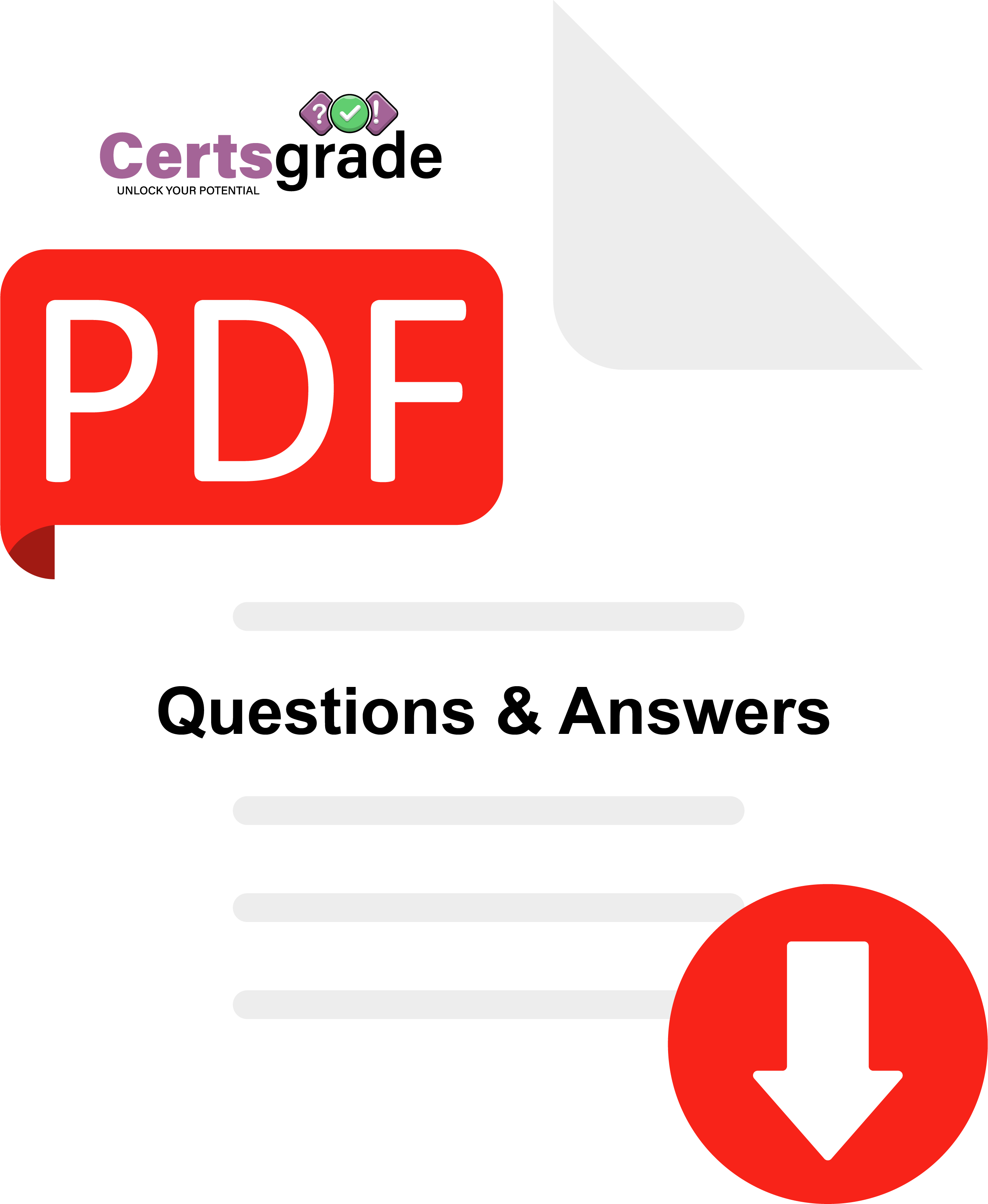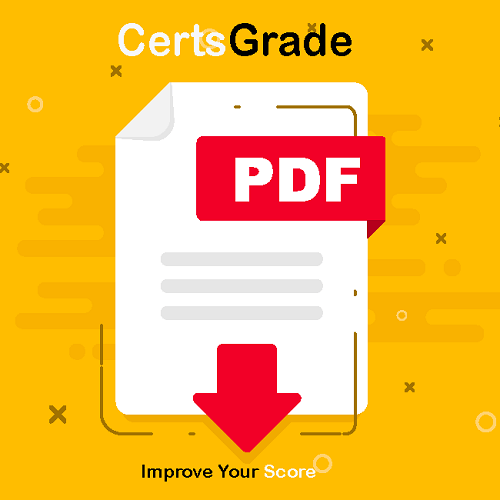 A7
A7
- Last Updated :
Latest A7 Questions Answers
$49.00
I can vouch for CertsGrade's study materials! The 90-day free updates and the 100% money-back guarantee add significant value to their service.
For the A7 exam, CertsGrade provides valuable study materials. The content aligns with the certification requirements, offering a detailed understanding of relevant concepts. The practice questions aid in assessing one's knowledge and preparing for success in the certification process.
PDF Dumps for Certsgrade A7 Exam Practice
A7 An Introduction to Purchasing Strategy
Purchasing strategy is a crucial component for any organization aiming to optimize its procurement processes. It involves a comprehensive approach to acquiring goods and services in a manner that maximizes value and minimizes cost. By implementing effective purchasing strategies, companies can achieve significant competitive advantages, improve supply chain efficiency, and ensure the quality of their products and services.
Key Components of Purchasing Strategy
1. Supplier Selection and Management:
- Identifying and partnering with reliable suppliers is fundamental. This involves evaluating suppliers based on criteria such as cost, quality, reliability, and service.
- Developing long-term relationships with key suppliers can lead to better negotiation terms, more favorable pricing, and improved supply continuity.
2. Cost Management:
- Effective purchasing strategies focus on minimizing costs while maintaining quality. This includes negotiating favorable terms, bulk purchasing, and exploring alternative suppliers.
- Implementing cost-saving measures such as early payment discounts and vendor-managed inventory can also contribute to cost reduction.
3. Risk Management:
- Managing risks associated with procurement is essential. This includes assessing and mitigating risks related to supplier reliability, geopolitical factors, and market volatility.
- Developing contingency plans and maintaining a diversified supplier base can help mitigate these risks.
4. Technology and Innovation:
- Leveraging technology to streamline procurement processes is increasingly important. This includes using procurement software, e-procurement platforms, and data analytics.
- Staying updated with industry trends and innovations can help organizations adopt best practices and improve their purchasing strategies.
Benefits of an Effective Purchasing Strategy
1. Cost Savings:
- By implementing strategic purchasing practices, organizations can achieve significant cost savings. This includes negotiating better deals, optimizing inventory levels, and reducing wastage.
2. Improved Supplier Relationships:
- Building strong relationships with suppliers can lead to better service, more favorable terms, and increased collaboration. This can result in a more reliable and efficient supply chain.
3. Enhanced Quality:
- Effective purchasing strategies ensure that the products and services acquired meet the required quality standards. This is achieved through rigorous supplier evaluations and continuous monitoring.
4. Competitive Advantage:
- Organizations with robust purchasing strategies can respond more effectively to market changes, capitalize on opportunities, and mitigate risks. This provides a competitive edge in the market.
Purchasing Strategy in Practice
1. Case Studies and Examples:
- Analyzing case studies of successful purchasing strategies can provide valuable insights. Examples of companies that have excelled in procurement can serve as benchmarks for best practices.
2. Industry-Specific Strategies:
- Different industries have unique procurement needs and challenges. Tailoring purchasing strategies to the specific requirements of an industry can lead to better outcomes.
3. Continuous Improvement:
- Regularly reviewing and updating purchasing strategies is crucial. This involves assessing performance, identifying areas for improvement, and adapting to changing market conditions.
Implementing a well-defined purchasing strategy is essential for any organization aiming to optimize its procurement processes and achieve long-term success. By focusing on supplier selection, cost management, risk management, and leveraging technology, organizations can realize significant benefits. Continuous improvement and adaptation to industry trends are key to maintaining an effective purchasing strategy.
Additional Resources
1. PDF Resources:
- Access comprehensive guides and templates on purchasing strategy in PDF format for detailed information and practical tools.
2. Dumps and Practice Questions:
- Utilize dumps and practice questions to test your understanding of purchasing strategies and prepare for relevant certifications or assessments.
3. Questions and Answers:
- Engage with a community of professionals by exploring common questions and answers related to purchasing strategy. This can provide real-world insights and solutions to common challenges.
